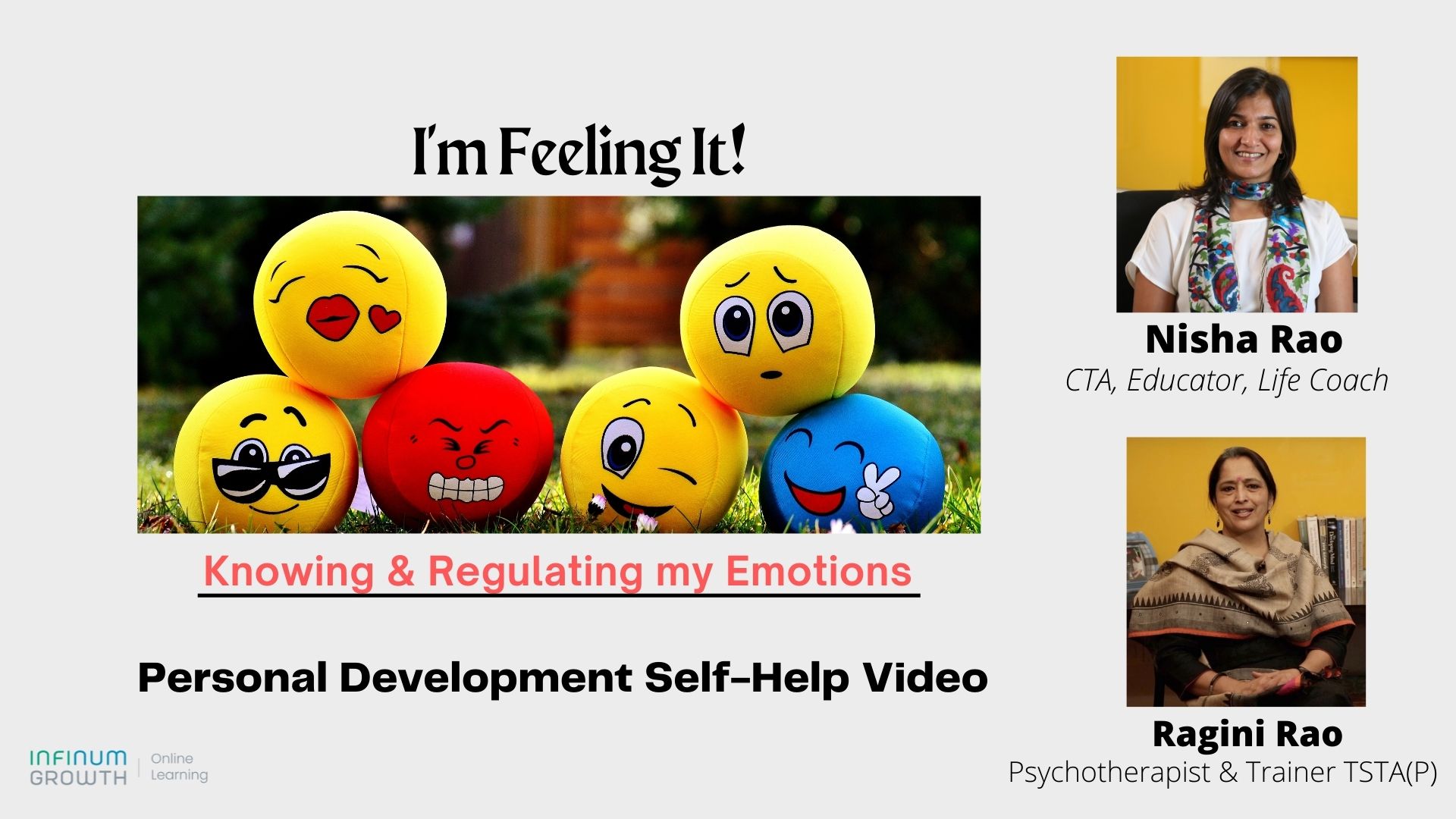Success or failure of any endeavour depends on two factors – the planning and the execution. Planning of actions, if done well, enables smooth execution. Of course, provided the execution skills are in place.There are so many startups, which start with all enthusiasm, only to fail or get stuck at some early point of evolution. If it isn’t due to an execution failure, then one can be sure that there were serious gaps in the thinking through of the Business Model.
What is a Business Model?
The internet, as usual, has got loads of content about this subject; different people giving their own variations or interpretations of what is a Business Model. But really, it all boils down to defining the objective and the methodology adopted to run or manage the business.
At the start, when we believe we know what we want to do, the business idea sounds so simple and yet brilliant. But as the implementation starts, the difficulties start surfacing and mounting.
Inadequate thought on Business Model affects progress
What is it that happens to startups, that brings them to lack of sustainable growth or to total failure? Not just startups, if we take a close look at most businesses that failed – large, medium or small- it would be easy to pin point the reasons in retrospect.
If it is easy to pin point in retrospect, why is it not easy to preempt the issues or handle them as they emerge? It is due to inadequate thought and focus on the Business Model. Or, not having the right competence in-house, to enable comprehensive thinking.
Very often, Startups and even established businesses, let go of the basic discipline of
(a) thinking through the business model completely before getting started and
(b) deftly steering the business once started, to ensure the fundamentals are being closely monitored and course corrections being made.
In startups, there is also a tendency to get easily distracted by happenings in the environment- be it in terms of a customer needing something beyond the startup’s offering ; or new thoughts coming from a technology innovation pioneered by some one else. As a result, the focus shifts and priorities get redefined; without having fully walked the path in the earlier plan.
While such distractions or changes may be seen as smart “pivoting”, more often than not, the moves are not thought through comprehensively. Resulting in further “pivots”, sooner than later. While being agile and flexible is a key component of good startup management, action without sufficient thought or study could be suicidal.
What needs to be done to ensure sufficient thought has gone into every move?
The 5 Word Mantra that helps define a Business Model
A simple but effective way is to do what may be seen as Zero base thinking; asking fundamental questions and answering them objectively. If answers aren’t available in-house, even taking external help is worth it. A simple yet effective way to do this is to use the five oft repeated words in question form- What, Who, Why, Where and How. These words ensure we look at the issue from all angles.
1.What is the business proposition?
What is the customer problem we are trying to solve? Is the problem truly felt by anyone? What is the solution we wish to offer? Is it a solution to such a problem or just another, better way of doing something which people are already doing?
2.Who is the target customer?
Can we define the target customer precisely? Is that an easily identifiable and addressable audience? Is there any study to assess the business proposition will be welcomed by this audience? How large is the target customer base?
3.Why will the product be accepted by the target customer?
Are the target customers aware of the need to solve this identified problem? Or are they willing to live with it?; Do they have the technological awareness to confidently use the solution? Or will they shy away due to unfamiliarity?; Will they be able to afford it? Are there competitors to this product? Why will the customer choose this product over the competitor’s?
4.Where do we connect with the customer?
Where are the customers located? One state or the whole country? Where will we start with? Can they be easily reached physically or through online communication? Or will it be a hybrid- an Online +Offline or Offline +Online process? That is, reach Online, service Offline or reach Offline, service Online process.
5.How do we connect and deliver the product or service?
How do we communicate with the target audience- through Offline/Online media, intermediaries or direct door to door? How will the product/service delivery happen? Is the process realistic to implement? Will there be a smooth functioning of the sales, delivery and after sales service process or are there likely to be many hurdles? How many people do we need to get the execution done? How do we ensure product support and upgrades? How do we fund the activity?
While these questions look obvious and logical, they are not an exhaustive list. It is amazing how often the failures happen because the answers were not thought through. Assumptions go horribly wrong and a lot of time and resource gets wasted.Any endeavour’s success or failure is determined by its comprehensive planning and the simplicity of the idea and processes.
The 5 word Mantra is a simple, easy to remember way to ensure comprehensive thought is given to the project; at the start and at at every turning point.
Also read this article on building Sustainable Startups
Please do leave your comments at the bottom and do share with others if you like this article.


















